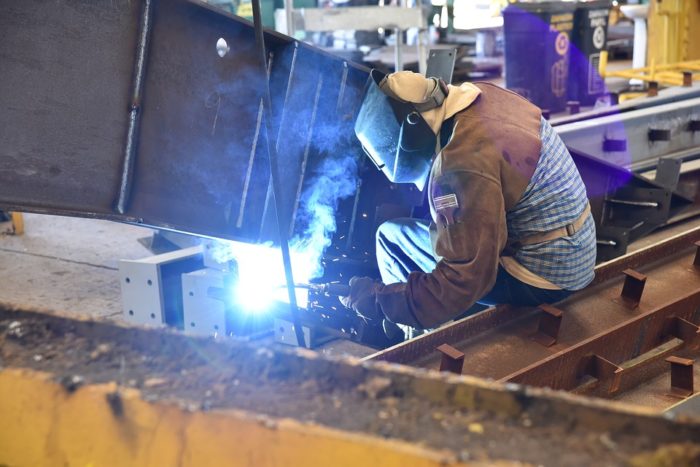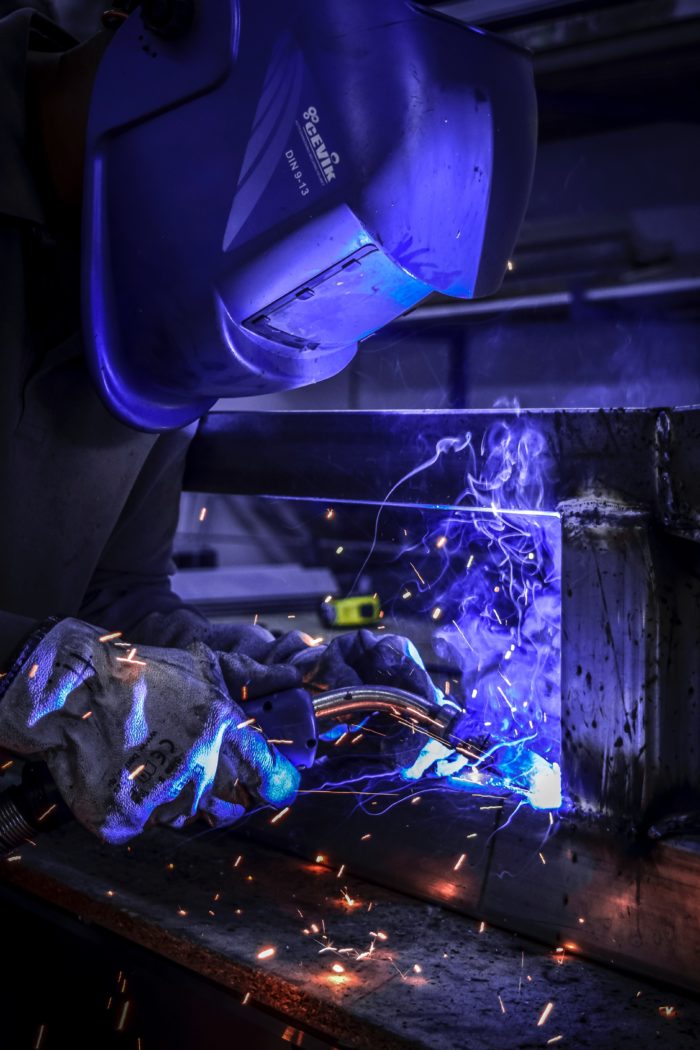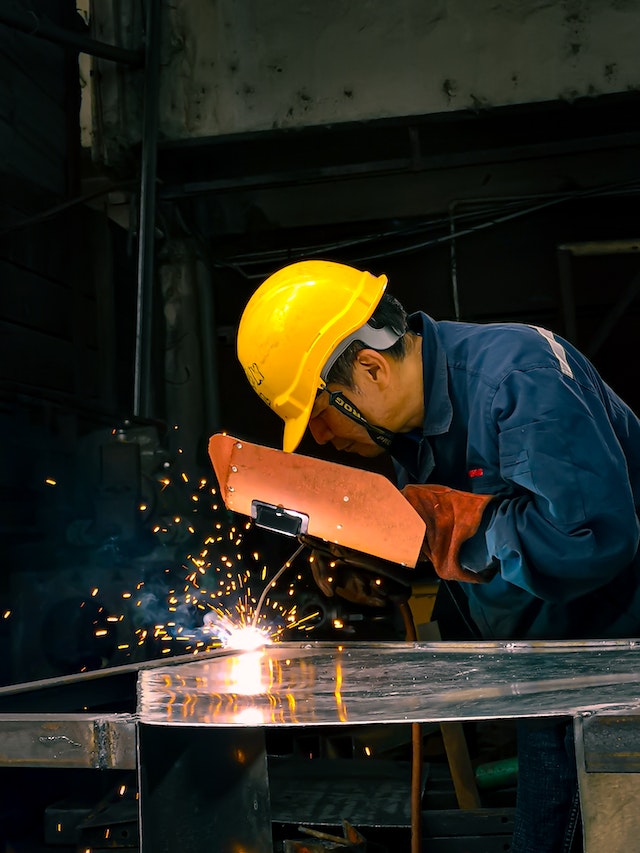I know how it feels like to read through a bunch of articles about welding when you’re just starting off to learn how to weld. All the information can be overwhelming and discouraging. I’m quite sure too that at some point, you would realize how complex the entire concept of welding is.
But, how do you even start doing things successfully when you refuse to learn how to do them? Exactly.
I’m here to guide beginners or even expert welders about an important aspect of welding that every person should know before indulging in the activity.
So, to ask you, do you know what are the two types of arc welding and what are their differences? Read through this article and by the end of it, you’d surely be equipped with a lot more information than you expect.
Overview

Welding uses either of the two types of arc welding depending on the type of task you wish to do. One is called AC (alternating current) and the other type is known as DC (direct current) welding.
Both of these are types of power supply used for arc welding producing electrodes that conduct the current and the material you are fusing. In simple terms, the right current helps you do the right weld.
Know More About AC Welding
AC welding uses a current that alternates between positive and negative, therefore creating a fluctuating current. Since this usually requires no modification, home wiring typically has this as their standard current.
AC welding is not ideal for all metals. The ones listed below have the properties that are most suitable for AC welding.
- Down hand heavy plate
- Fast fill
- Aluminum TIG welding
For AC welding, electrode selection is affected by different factors. Some helpful details below may help you find the rod for your project.
- 6011 – high cellulose potassium-type coating, works well on rusty and dirty metal
- 6013 – for clean sheet metal
- 7018 – can also be used for DC welding
- 7024 – can be used at high current levels, used for general fabrication when a higher deposition rate is required
Pros
AC is known to have many useful applications because it’s easy to use and economical for repairs in industrial settings.
In some instances, the welding arc takes itself out of alignment with the electrode, typically following magnetic currents in the weld metal. This is best known as arc wandering. Because of this, welding might be prone to getting messy and distorted results. But because AC can be used with metal that has a magnetic field, AC is not susceptible to arc wandering. This ability is surely one of AC’s top advantages.
Other fields that can benefit from AC’s susceptibility are repairs on heavy machinery such as construction machinery, logging equipment, and even smaller machines like forklifts.
Furthermore, AC buzz box builders are used as a second option when 220 current isn’t available. One could say that this is the best alternative for small-scale tasks when power is limited. Whether you want to fabricate something in your own space, fix appliances, or get some job done with automotive parts, even without access to a 220-volt outlet, AC welding can rescue you.
Cons
For most kinds of welding, AC’s polarity is not ideal. Due to the fluctuating current, the arc sometimes loses while welding.
With the back-and-forth fluctuation, the arc might keep restarting itself at every turn of the current. This issue sometimes breaks the welding process resulting in weaker turn-outs. Generally, this instance can affect the welder, especially the beginners, since it makes it even harder to consistently crack an arc and keep the weld going when the machine drops every once in a while.
Spatters or metal debris are also usually associated with AC welding. Although these are also common with other welding methods, due to AC’s fluctuating current and polarity, it is said that they tend to have more droplets of molten material.

Know More About DC Welding
A direct current is used to supply electricity to an electrode that fuses the two metals in a DC welding. Due to its straight current, it allows a quicker deposition rate. Moreover, DC welding is capable of preventing the arc from stopping constantly upon each polarity change.
Take note that DC cannot be used for magnetized metals because its current only flows in a fixed direction. A list of metals ideal for DC welding is provided below.
- A buildup of heavy deposits
- Cutting tap
- Hard facing
- Overhead, or vertical welding
- Single carbon brazing
- Stainless steel TIG welding
- Stick (SMAW) welding
Just a note that for DC welding, electrode 6010 is best because it is intended for direct use only.
Comparison
Many factors influence your choice of using either AC or DC. It’s necessary to consider them first before deciding. Here’s a quick comparison of the two.
AC
- Small
- Lightweight
- Economical choice
- Requires less energy than DC
- Arc blow is easy to control
- More spatters
- Welds are not too clean
DC
- Large
- Heavy
- Expensive
- Uses more energy than AC
- Arc blow is difficult to maneuver
- Less spatters
- Clean welds
The table below also shows more of their differences. More information in: https://www.weldingboss.com/ac-vs-dc-welding-know-the-difference/

Final Words
The entire concept of learning the distinction between AC and DC welding might be a little tricky, but with all the basic information given, I know by now you can identify the relevant differences between the two.
Remember that before choosing either of them, consider all the necessary factors. Alongside learning about these two, gauge your skills, resources, budget, and the kind of task you want to do.
While they both have advantages and disadvantages, and you might also have your favorite, the material you’re using and the project you are welding still always have a say on what you should pick.
